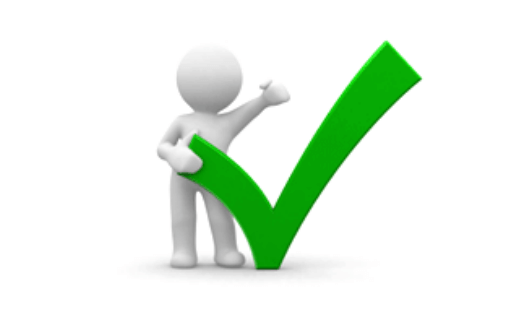- Brainstorming is used for developing the most exhaustive ideas /causes.
- It is a team event where participants will be asked to give ideas one after the other and participants are given a ‘free for all’ approach.


Brainstorming
Why use Brainstorming?

- Brainstorming allows a free and open environment that inspires everyone to participate.
- Unusual ideas are encouraged and developed, and all participants are cheered to participate fully, allowing them to develop a diverse range of creative solutions.
- It increases the variety of ideas discussed during problem-solving, which means that you can always develop better solutions to the problems you’re dealing with.
Types of Brainstorming?

- Individual: Write down ideas on individual cards or pieces of paper.
- Team: Members bring ideas as fast as they can think of them.
- Go around the team with each member contributing an idea.
- Members who don’t have an idea "pass“ the round.
Freeform Brainstorming
Structured Brainstorming
Combination

- Round 1: Start with freeform brainstorming (individual).
- Round 2: Conduct structured brainstorming with individuals posting individual post-its or sharing one of the ideas from their list.
- Round 3: End with a round of team freeform brainstorming.
DO's of Brainstorming

- Allow individuals to complete their thoughts.
- Build on existing ideas/causes.
- Be brief when stating an idea/causes.
- Organize, categorize, and evaluate only after the session.
- Strive for quantity.
DON'Ts of Brainstorming

- No criticism of ideas.
- Don’t take over the session - Allow each members to participate.
- Don’t Paraphrase an individual’s idea when scribing.
- Don’t dominate the session.
Expert's Comment
- Brainstorming is very powerful; what does it take to get the best out of Brainstorming?
- Select the people who are involved in the work and can contribute
- It would be best if you keep aside designations and hierarchies.
- Give a brief about the topic of Brainstorming and answer all questions.
- For many other Do's and Don'ts of Brainstorming,go through the post below.